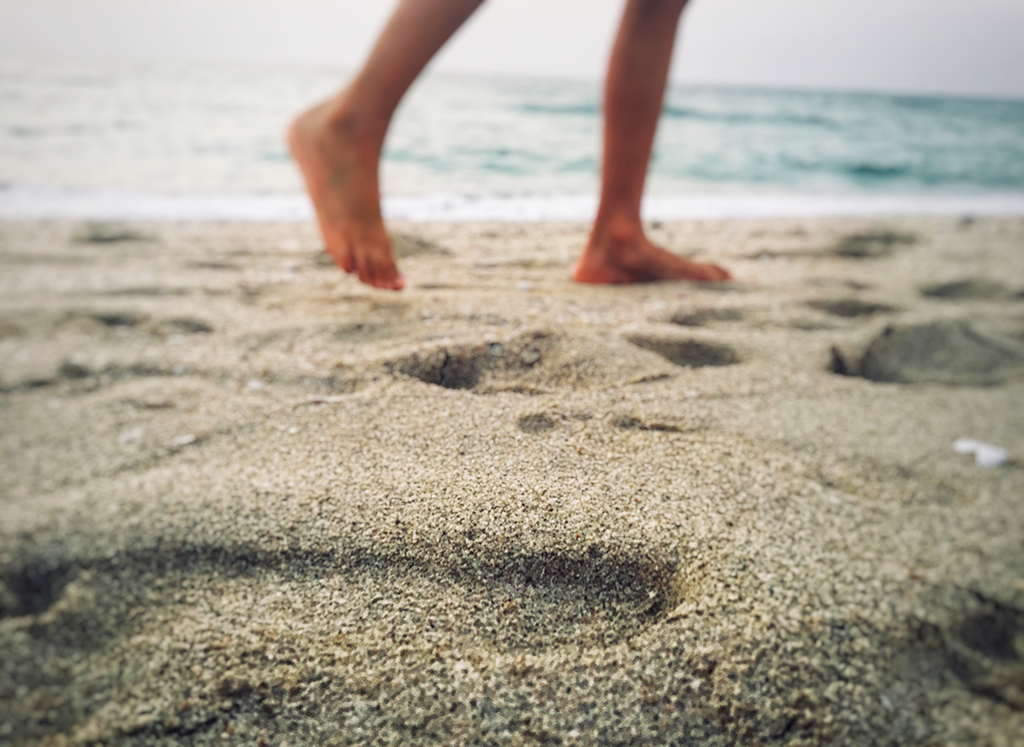
How to Fix Over Pronation and Supination in the Feet
Share
If you have foot, ankle, knee, or hip pain, it might be due to the way you’re walking. Traditional shoes have so much support that they often cause the muscles in our feet to become weak and lose full function. Although it sounds like supportive shoes should help us have healthy bones, muscles, and joints, they often end up doing too much of the work for us, and our muscle atrophy and then cannot function properly without that support.
When the muscles in the feet aren’t strong enough, your feet could become over pronated or supinated.
What is Overpronation and Supination?
Pronation of the foot is when you use the inner edge of your foot for support when walking or running. Similarly, supination of the foot (also called underpronation) is when you use the outer edge of your foot for support when walking or running. In a healthy stride, your weight will be evenly distributed each time you have your heel and toes on the ground.
If you think you might overpronate or supinate, you might be able to tell by looking at the bottom of your shoes.
- Overpronators will have more wear on the inside edges of their shoe
- Supinators will have the most wear on the outer edges of the shoe
Pronation is quite normal. Pronation happens naturally because your hip, femur, and feet turn inwards with every step you take. However overpronation is a significant problem – too much weight on the inside of your foot causes your arch to flatten out and weaken over time. If you over-pronate you may suffer from plantar fasciitis and pain in the knee, hip or back.
Supinators often experience ankle pain, shin splints, achy feet, and calluses or bunions on the outer edge of the foot. Supination also makes you more susceptible to ankle twists and sprains because your stride makes it easier for your body weight to roll over your ankle.
Great video the talks Pronation vs Supination EXPLAINED
How Can Overpronation and Supination be Treated?
The first step to correcting overpronation or supination is to figure out how serious it is. It’s relatively easy to see if you have one of these conditions, but it is harder to establish how serious it is. This is best done through a foot scan at a chiropractor or physical therapist’s office. Once you understand exactly where the problems are, you can begin to correct them.
Arch and Ankle Strengthening Exercises
Custom insoles are one option and frequently promoted in the mainstream. However, there are other options that may be effective, and top of these is minimalist or barefoot shoes. These will help retrain your body to walk as naturally as possible. The transition might be a bit uncomfortable at first, because you are strengthening muscles that haven’t been used in a while (just like how going back to the gym, it makes you sore!), but overtime, your muscles will strengthen, and your body will get used to the new way of walking.
We have made a short video demo above, of a few exercises to get you started. When you are an over pronator, best to work on arch strengthening exercises. If you are a supinator, best to work on ankle strength.
Check out our beautiful collection of minimalist shoes and discover a healthy, pain free lifestyle!
Below are other helpful resources:
